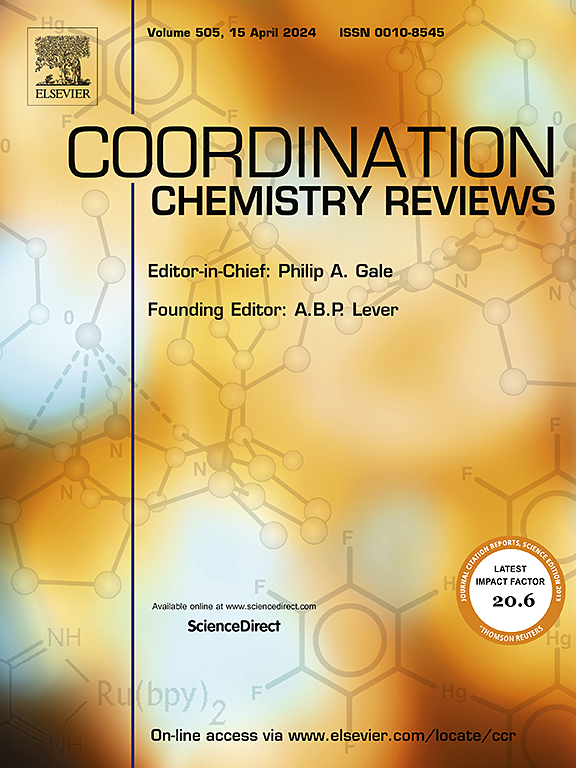增强aop介导的微塑性矿化的工程功能纳米复合材料:从机理见解到水修复策略
IF 23.5
1区 化学
Q1 CHEMISTRY, INORGANIC & NUCLEAR
引用次数: 0
摘要
微塑料是塑料在使用和处置过程中产生的一种新型持久性污染物。由于其体积小,MPs很容易通过食物链进入人体,与较大的塑料碎片相比,对人体健康构成重大威胁。本文综述了多孔塑料的物理化学性质及其对后续降解过程的影响。随着高级氧化工艺(AOPs)降解MPs的应用越来越广泛,本研究对该领域进行了全面的综述,系统地阐述了各种高级氧化工艺(如光催化、电催化、Fenton氧化和过硫酸盐氧化)的机理和典型应用。还提供了每种技术的优点和局限性的详细评估。鉴于功能纳米材料对于推进新型能源解决方案和污染物修复至关重要,本综述探讨了aop驱动的MPs降解尖端材料的最新发展,批判性地研究了相关材料及其应用,确定了现有的挑战,并提出了材料发展的未来方向。最后,本文综述了通过AOPs消除MPs面临的挑战和关键问题,并概述了该领域未来发展的前景。本文章由计算机程序翻译,如有差异,请以英文原文为准。
Engineering functional nanocomposites for enhanced AOP-mediated microplastic mineralization: From mechanistic insights to water remediation strategies
Microplastics (MPs) are a new type of persistent pollutant generated during the use and disposal of plastics. Owing to their small size, MPs can easily enter the human body via the food chain, posing a significant threat to human health compared to larger plastic debris. This review examines the physicochemical properties of porous plastics and their impact on subsequent degradation processes. With the increasing application of advanced oxidation processes (AOPs) for degrading MPs, this study offers a comprehensive review of the field, with systematic elucidation of the mechanisms and typical applications of various AOPs such as photocatalysis, electrocatalysis, Fenton oxidation, and persulfate oxidation. A detailed evaluation of the advantages and limitations of each technique is also provided. Given that functional nanomaterials are essential for advancing novel energy solutions and pollutant remediation, this review explores the recent developments in cutting-edge materials for the AOP-driven degradation of MPs, critically examines relevant materials and their applications, identifies existing challenges, and suggests future directions for material development. Finally, this review addresses the challenges and key issues in eliminating MPs through AOPs and outlines prospects for future advancements in this field.
求助全文
通过发布文献求助,成功后即可免费获取论文全文。
去求助
来源期刊

Coordination Chemistry Reviews
化学-无机化学与核化学
CiteScore
34.30
自引率
5.30%
发文量
457
审稿时长
54 days
期刊介绍:
Coordination Chemistry Reviews offers rapid publication of review articles on current and significant topics in coordination chemistry, encompassing organometallic, supramolecular, theoretical, and bioinorganic chemistry. It also covers catalysis, materials chemistry, and metal-organic frameworks from a coordination chemistry perspective. Reviews summarize recent developments or discuss specific techniques, welcoming contributions from both established and emerging researchers.
The journal releases special issues on timely subjects, including those featuring contributions from specific regions or conferences. Occasional full-length book articles are also featured. Additionally, special volumes cover annual reviews of main group chemistry, transition metal group chemistry, and organometallic chemistry. These comprehensive reviews are vital resources for those engaged in coordination chemistry, further establishing Coordination Chemistry Reviews as a hub for insightful surveys in inorganic and physical inorganic chemistry.
 求助内容:
求助内容: 应助结果提醒方式:
应助结果提醒方式:


